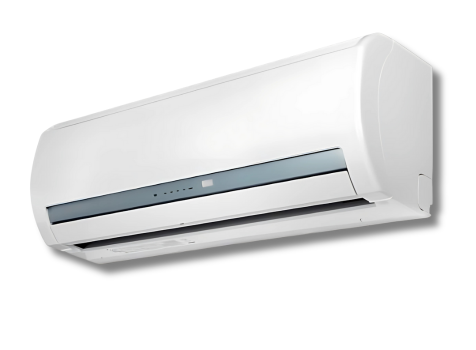The Bureau of Indian Standards (BIS) license ensures that a product fulfills Indian quality and safety standards. It is required for a variety of items, including electrical appliances, electronics, and building materials. To receive a BIS license, applicants must first register on the BIS website, then submit the necessary documentation, test their products in BIS-approved labs, and undergo factory inspections. Once accepted, the product may bear the ISI mark or CRS certification. The license is valid for one or two years and must be renewed on a regular basis. BIS certification guarantees product reliability, customer safety, and regulatory compliance in the Indian market.

Room Air Conditioners- Specification Part 1 Unitary Air Conditioners
1391 (Part-1): 2017Room Air Conditioners- Specification Part 2 Split Air Conditioners
1391 (Part-2): 2018Ducted and Package Air Conditioners
8148: 2018Finned type Heat Exchanger for Room Air Conditioner
11329:2018Hermetic compressor Hermetic Compressors-Specification
10617: 2018The five main parts of an AC are compressor, condenser coil, expansion valve, evaporator coil, and refrigerant. These components work together to cool and circulate air efficiently.
ISI marks essential products like electrical appliances, cement, LPG cylinders, packaged drinking water, steel products, and food items, ensuring they meet Indian quality and safety standards.
Key AC components include the compressor, condenser, evaporator, expansion valve, refrigerant, blower, air filter, thermostat, and control board, each playing a role in cooling efficiency.
An AC has multiple parts, but the major ones are compressor, condenser, evaporator, expansion valve, refrigerant, fan, thermostat, air filter, and ductwork (for central systems).
Apply through the BIS website, submit product details, undergo testing at a BIS-approved lab, complete a factory inspection, and obtain approval to use the ISI mark.